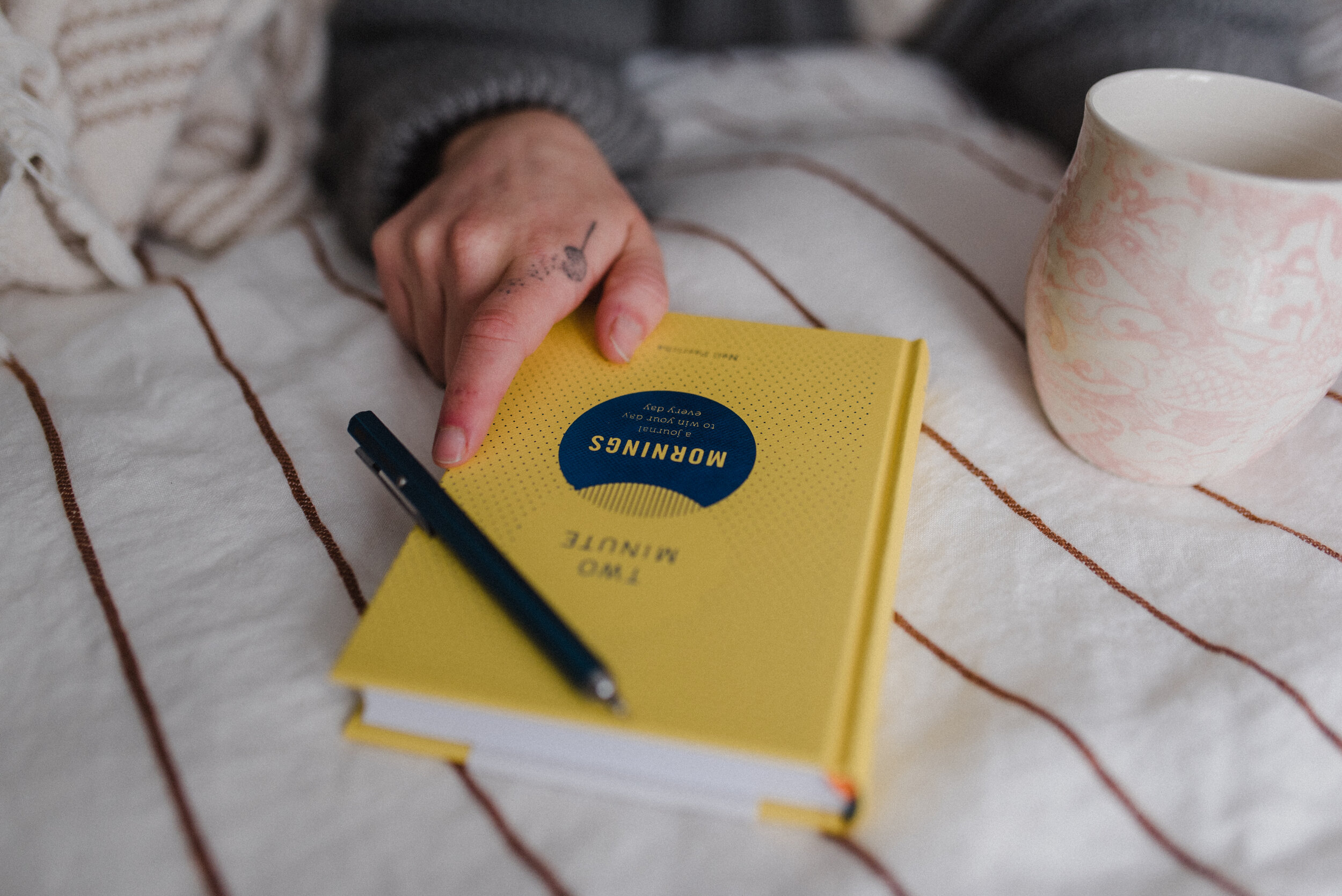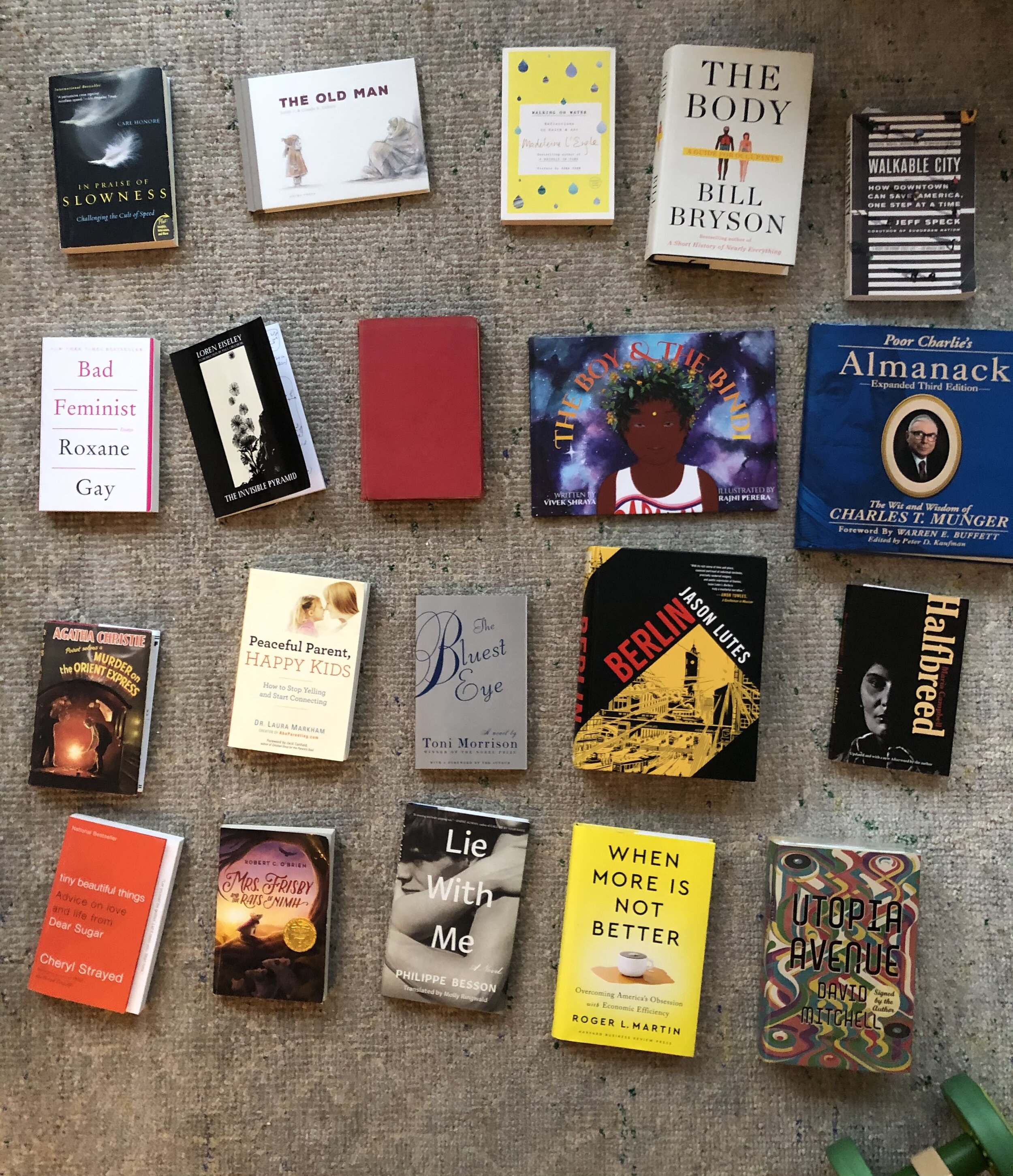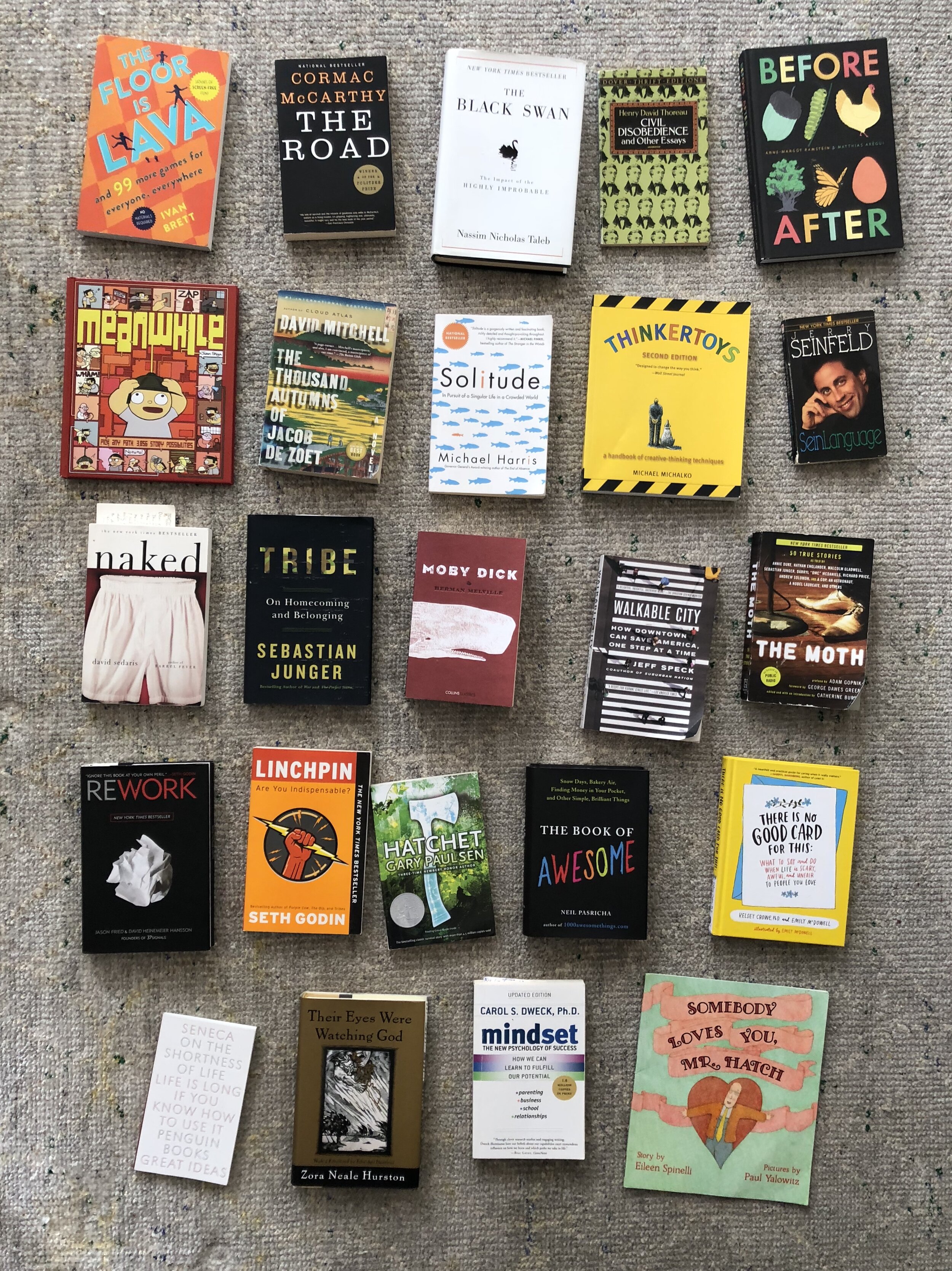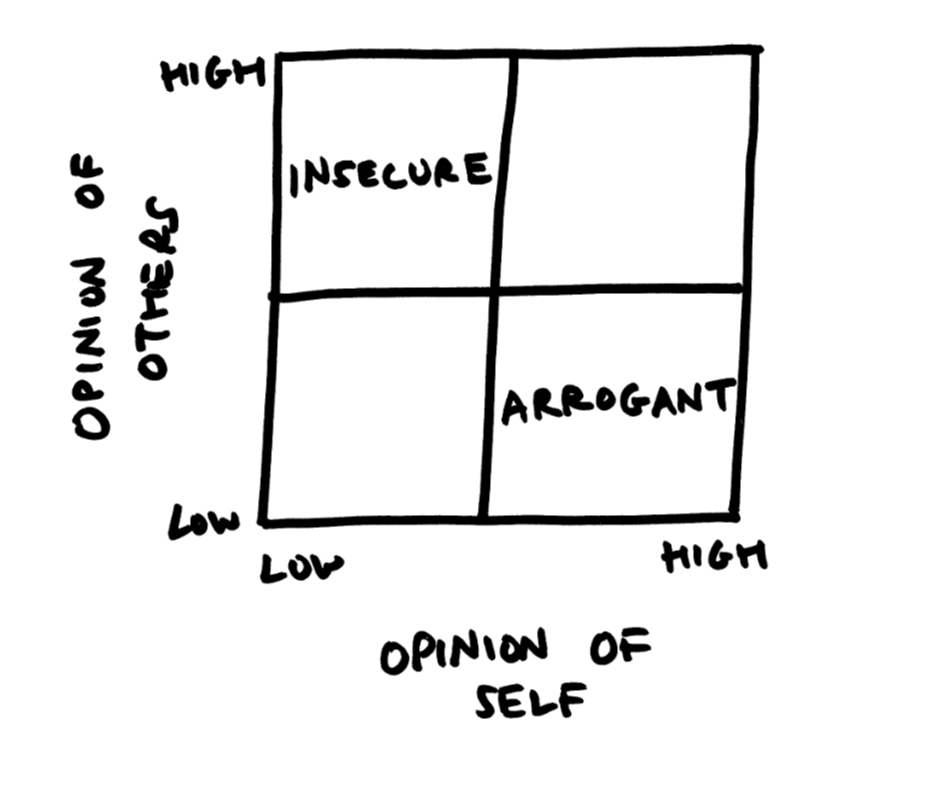In the early 2010s, I wrote a self-help book that catapulted me into a strange universe. I went from working an office job in the suburbs to walking onto TV show sets where I was often introduced as “Captain Awesome” or “The Happy Guy!”
I was thrust into becoming a spokesperson for positivity, happiness, and intentional living.
But there was just one problem.
My life was a mess.
I originally wrote the book as a series of blog posts to cope with the pain of my marriage falling apart and the heartbreak of losing my best friend to suicide. I moved to a bachelor apartment downtown and lived alone for the first time in my life. I began experiencing deep loneliness, chronic sleeplessness, and endless anxiety.
My solution to these deep emotional issues was to become a workaholic.
I would work in the suburbs all day, pick up a burrito on my way downtown, and then set it on my desk while working until one or two in the morning before falling asleep exhausted and then waking up exhausted when my alarm buzzed the next morning at 6:00 a.m.
I started taking pills to help me fall asleep and pills to help me wake up. I lost 40 pounds due to stress. I had headaches and chest flutters and stomach bubbles all day. Black bags slowly expanded like puddles under my eyes. When coworkers began asking if I was getting enough sleep, I bought and started applying face makeup.
I didn’t have time to sleep more and I didn’t have time to be asked about it.
I knew I was spinning.
After reading the book Willpower by Roy Baumeister and John Tierney, I became convinced my issue was decision fatigue. My to-do list was a mile high! So in an act of desperation, I began writing down a couple things I would focus on each day on a blank 4×6 index card. “I will focus on…” helped me carve some ‘will dos’ out of the endless ‘could dos’ and ‘should dos.’
The practice began providing ballast to my days because it blew away the endless fog of ‘what should I do next?’ and helped break giant projects down into simple tasks. A looming book deadline became ‘write 500 words’, an all-hands meeting about a major redesign became ‘send invite to three execs for feedback,’ and my nonexistent exercise regime became ‘go for a 10-minute walk at lunch.’
I will focus on…
I started buying index cards in packs of 100 at the dollar store and felt a sense of pride whenever I finished another pack.
The practice was wonderful for reducing decision fatigue, but I was still much too focused on the negative throughout the rest of my life. Over the next few years, I came across research that convinced me it wasn’t my fault.
What do I mean?
It turns out our brains contain an almond-sized amygdala that secretes fight-or-flight hormones all day. A few hundred thousand years of evolutionary programming makes us want to stare at bad news, sad news, and controversial news — endlessly. This naturally ingrained tendency is why we rubberneck on the highway, scan for one-star reviews, and immediately find the one question we got wrong on the math test. Our amygdalas are fantastic at looking for problems, finding problems, and solving problems, but they’re also ripe for exploitation. News media and social media sites have perfected that perfect sour-sweet-sour combo that grabs the greatest amount of our attention possible.
MSNBC’s goal isn’t to give you the news — it’s to sell you Subarus. Instagram’s goal isn’t to make you new friends — it’s to sell you a juice cleanse.
I decided it wasn’t my fault I was negative. It was the world’s fault!
But, fortunately unfortunately, I live in the world.
So what did I do? A study comparing people who wrote down gratitudes to people who wrote down hassles or events taught me that if I write down things I’m grateful for every week over a 10-week period, I’ll not only be happier, but physically healthier.
Each day, I added this to the back of my index card:
I am grateful for…
Do you do bicep curls? Hamstring curls? I started thinking of gratitudes as brain curls. The key is that they really need to be specific. Writing down things like “my apartment, my mom, and my job” over and over doesn’t do anything. I had to write down things like, “the way the sunset looks over the purple hostel across the street,” or “when my mom dropped off leftover chicken biryani,” or “having egg salad sandwiches in the cafeteria today with Agostino.”
I was proud of my new morning index card habit, but I still found myself holding too much stress. Then I came across a study in Science magazine called “Don’t Look Back in Anger!” showing that minimizing regrets as we age increases contentment. In other words, the act of sharing what’s worrying you actually helps extricate it.
So I added one final line to my daily index card:
I will let go of…
I will let go of…the rude email I sent last night at 11 p.m. I will let go of…showing up late to the meeting with the boss. I will let go of …comparing myself to Tim Ferriss.
The difference this simple practice made in my life has been incredible.
Because the truth is we’re only awake for around 1000 minutes a day on average. If we can invest just two of them to prime our brains for positivity, then we’ll be helping ensure the other 998 minutes of our days are happier.
Over time, I switched the order around, turned it into a formal journal, and now leave it on my night table. When I wake up, it’s the first thing I see, and the fact that it’s so short helps me feel like I’m setting up my day for success before I even begin.
Am I completely cured? Am I always happy now? No! Of course not. But this two-minute, research-based morning practice has massively improved the quality of my days.
I will let go of…
I am grateful for…
I will focus on…
I hope you give it a try.
And I hope it does the same for you.
I originally wrote a slightly different version of this article for Harvard Business Review.


















